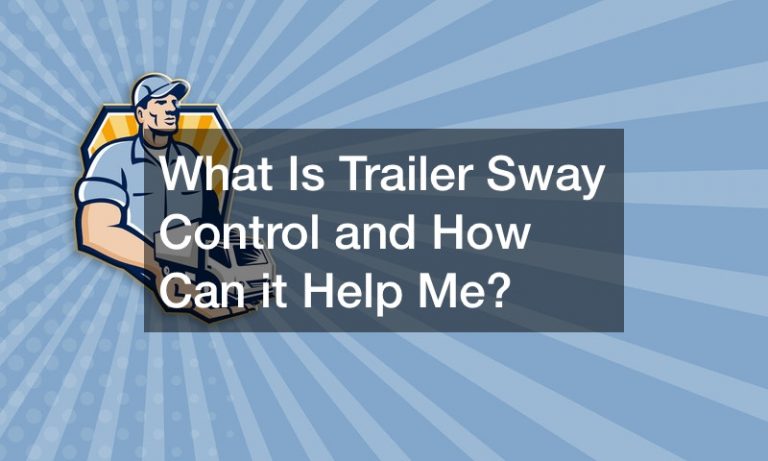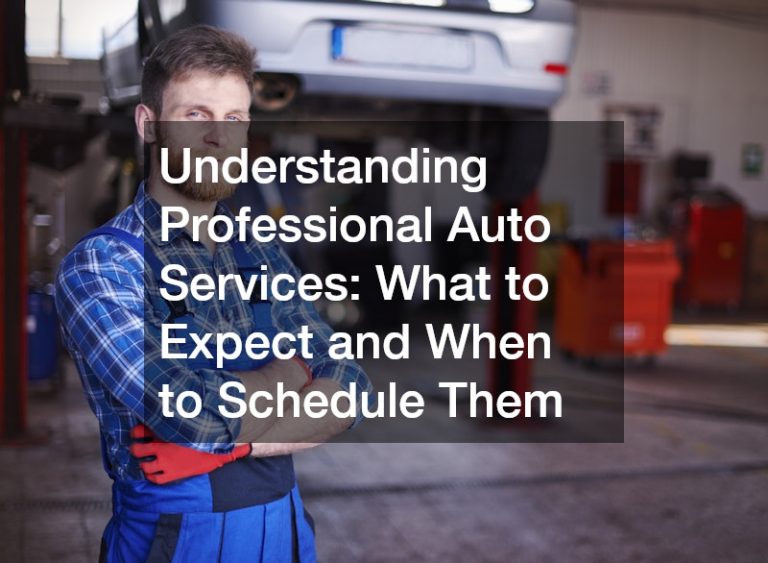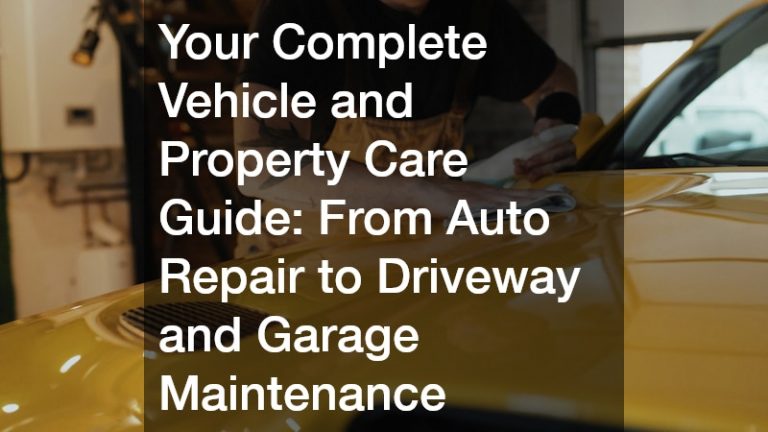
An RV is one of the best ways to get out and see the country, and since America has more than 16,000 campgrounds–both public and private–RVs have plenty of places to go. There are estimated to be about 30 million RV enthusiasts in the country, including people who rent their RV. If you’re just getting started in the amazing world of RVing, here are some tips about trailer brake controller solutions and your RV sway control system that you need to know.
Different Types of RVs
First, know that RVs come in different types. There are the motorhomes that are motorized, and then there are the towable versions you bring along behind your family vehicle. The latter are generally cheaper, and they have the advantage of allowing you to unhook the trailer at your destination and use your regular vehicle to explore. They’re also more difficult to drive safely, so it is the trailers and their RV sway control system and tandem axle trailer brake control that we’re going to explore next.
Hooking Up Your Trailer
With your vehicle in park, off, and the emergency brake set, hook up your trailer’s socket to the trailer hitch ball. This is the easy part. You’ll also need to hook up your RV sway control system, trailer brake wiring, and any weight distribution system your RV has.
RV Sway Control System
The RV can sway dangerously on the road, and once an RV starts swaying, it can become a serious danger to every other vehicle on the road: and to you! An RV sway control system can be an independent system that hooks onto both the trailer frame and the hitch ball, a two-point RV sway control system that uses spring bars and frictional resistance to force a swaying trailer back into line, or even more sophisticated systems. You’ll want to ask your RV parts dealer about what’s best for your setup.
Weight Distribution System
A weight distribution system will come with two ratings for weight. One is the gross weight of the trailer and the other the tongue weight, and the latter is the more important factor. If your trailer is more than 50% of the weight of your towing vehicle, you definitely need a weight distribution system. Again, if you’re new to RVing, your smartest bet is to ask a provider of RV systems for what will work best with your setup.
Electronic Brake Controller
This device is installed in the cab of your car or truck and automatically activates the brakes on the RV trailer whenever you hit the brakes of your own vehicle. You can get proportional controllers, which sense the slowing and apply the same intensity to the trailer, or time-delayed controllers which use a preset braking intensity at some point after you break. You can typically adjust the interval to whatever you prefer. The first type is smoother, less wearing on the brakes, and more efficient. It’s also a lot more expensive and difficult to install. The second type of system is easy to install and mount and simple to use, but it can cause uneven wear on the brakes. As before, it’s best to ask someone with more experience about the wisest choice for your budget and setup.
Some Tips for Driving Safely
Be aware that the size of your RV means that crosswinds are far more significant for you than they are when you’re just driving your car. Make sure that you never unevenly load your trailer. Distribute the weight as evenly as possible, and don’t put more than 15% of the weight on the hitch. Don’t drive when there are heavy crosswinds, and pay attention when big-rig trucks come along. If you do start to sway, resist the urge to slam on the brakes. Activate the manual brake control override and stop accelerating, but don’t hit the brakes.
RVing is great fun and lets you spend time with the family or get away from it all. With a little proper planning and the right equipment, the vacation of your dreams is just down the road a ways.




